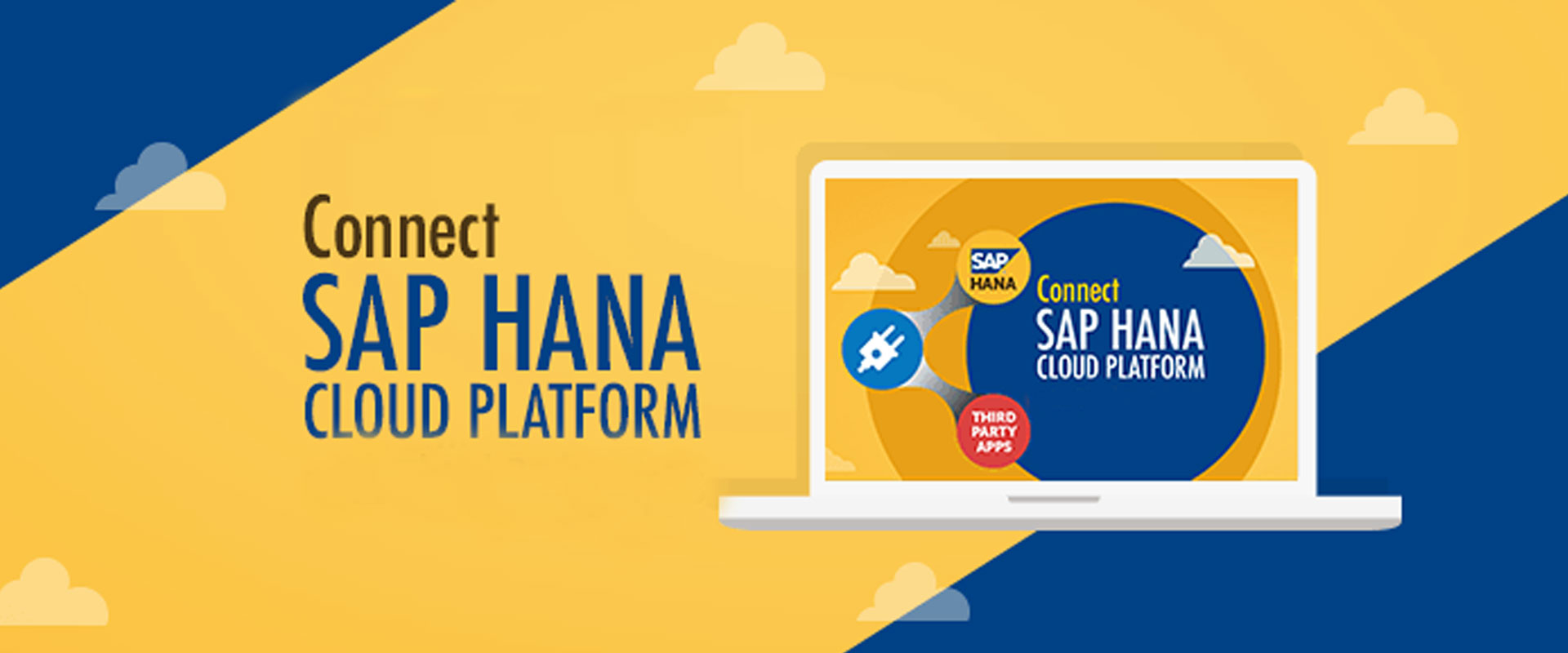According to experts dealing with ERP, S/4 HANA is by far, the best and most effective solutions, rolled out by the SAP labs. Most organizations are already reaping the benefits in terms of efficiency and agility in their businesses, after having migrated from ECC to S/4 HANA. However, if you are still considering the transformation, and are prepping up for the transformation to this new business suite, here are some best practices, which can ensure a smooth migration while mitigating a considerable amount of risk and addressing challenges in the process.
SAP S/4 HANA Migration Approaches
While implementing S/4 HANA, there are three major approaches that most organizations take to migrate successfully. These three approaches include:
- Setting up the new S/4 HANA solution set from scratch
- Transforming the existing system to S/4 HANA
- Integrating your existing systems to S/4 HANA
Best Practices to Ensure Successful Migration
Although it is mandatory for a business to undergo SAP S/4 HANA migration, the process is no cakewalk and involves a considerable amount of risks. The extensive work cycle may lead you to spend a lot of funds and resources in the process. You may also have to face business disruption due to a breakdown in the implemented business processes. So, in order to make the migration process smooth and glitch-free, here are some best practices, that most experts who have gone through the process recommend and follow:
- Assessing your architecture
Every business has an architecture that undergoes changes and evolves with the passing time. Your business that utilized the previous SAP system may not still be the same, and you might require to upgrade and update according to your current needs. There might be new integrations to be done with third party solutions, or new connectivity platforms to be taken into consideration.
- Examining the existing SAP landscape
Every organization has specific needs and should thus customize their solution sets accordingly. It is important to assess your architecture first and get a clear idea about your requirements. This will give you a clear picture, about whether you need to replace the existing system entirely or can just substitute and discard certain portions of your existing SAP environment. To achieve success in this process, you need to investigate the matter from the perspectives of both business and IT.
- Reassuring third-party connections
SAP S/4 HANA needs to connect with third parties, in order to function properly. There could be many crucial third-party applications linked to your SAP landscape. With digital transformations revolutionizing the entire business scenario, alliances among business organizations and third-party technology service providers are quite vital for smooth and cost-effective operations. When considering migration, this important aspect must be taken into consideration. This also involves proper planning and execution of software testing by testing services companies, to evaluate and validate current and prospective operations.
- Figuring out the perfect roadmap
It is quite essential that you figure out why you require to migrate from your existing system to the new suite and draw a roadmap accordingly. It is essential for you to identify how the migration to S/4 HANA will assist you in your specific requirements and whether the migration is worth considering. Another vital aspect to keep in mind is to address the loopholes when you plan your migration course. There might be areas, which need custom coding, thus, you need to have all the facets in mind before going forward.
- Creating a skilled workforce
When migrating to S/4 HANA, it is not just the SAP solutions that are transforming, the entire mode of business operations will undergo a transformation. There will be differences in the way your users work or the methods which your IT team undertakes. With new user interfaces and technologies, that the new solution sets in S/4 HANA will bring about, your employees will require specific, dedicated training to avoid any disruption in their operations.
Choosing the right business partner when deciding to transform from ECC to SAP S/4 HANA is of great importance. A proper software testing plan when migrating to S/4 HANA is crucial. A check for functional testing, performance testing, regression testing, security testing and more will ascertain that the migration is foolproof and that the new environment can be implemented without a glitch. Thus, to make the most out of your newly implemented SAP systems, a successful migration to the new suite is essential, and keeping in mind the best practices to go about will be helpful.

